 EWWWWWW - WHAT IS THIS CRAP!?
EWWWWWW - WHAT IS THIS CRAP!? Over the past few months I had noticed that the engine was getting harder and harder to start when cold. I had assumed this was a result of cold weather and an old motor but with the engine loosing power whilst running there was clearly something wrong with the fuel system. When we got to shore I started exploring the fuel lines, trying to figure out what was causing the engine to slow down. I pulled the fuel filter apart and couldn't believe how much sludge it had collected - it looked like the filter had ingested a jellyfish! I know diesel filters are notorious for getting plugged but this filter was only a few months old. I suspect it may be time to polish the tank... that should be fun... I also pulled a cup of water out of the fuel water separator. Once the filter was replaced, with the water gone and the sludge removed the engine started easily and purred along happily. Hopefully there isn't too much sludge left in the tank as replacing this filter is a true pain in the ass! Since I was already wedged in to the engine compartment I opted to change the oil and clean out the water strainer at the same time.


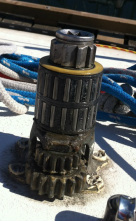
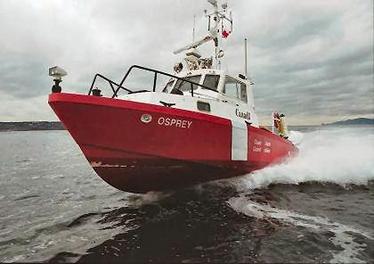


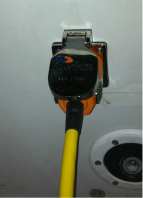
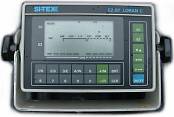
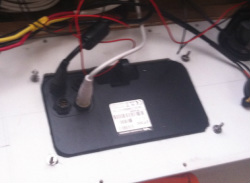
 RSS Feed
RSS Feed
